In the delightful world of pet ownership, cats hold a special place. Known for their independent nature, these furry companions have a remarkable ability to adapt to their human’s daily routines. It’s a wonder how these creatures, often seen as aloof and self-sufficient, can synchronize their lives with ours. Whether it’s waking up with the sun or curling up for a nap when we do, cats seem to have a knack for reading the room. This adaptability not only strengthens the bond between cat and owner but also adds a layer of predictability to an otherwise unpredictable pet. Let’s delve into the fascinating ways domestic cats adjust to their owners’ schedules.
The Natural Body Clock of Cats
Cats, by their very nature, are crepuscular creatures. This means they are most active during the twilight hours of dawn and dusk. However, domesticated cats have shown a surprising ability to adjust their natural rhythms to align more closely with their human companions. This adaptability often manifests in subtle ways, such as a cat choosing to nap during the day when its owner is at work, only to become lively and playful in the evening when the house is bustling with activity. This synchronization helps maintain harmony in the household, allowing both cat and owner to enjoy their time together without the disruption of mismatched energy levels.
Understanding Human Routines
Cats are keen observers, and over time, they learn to understand the daily rhythms of their household. They know when their humans wake up, leave for work, and return home. This understanding allows them to adjust their behavior accordingly. For example, a cat might meow near its owner’s bedroom door in the morning, knowing that it’s time to wake up. Similarly, many cats will eagerly wait by the door when they sense that their owner is about to return home. This anticipation showcases their ability to learn and adapt to human routines, enhancing the bond between pet and owner.
Meal Time Synchronization
Food is a powerful motivator for cats, and they quickly learn to associate specific times of the day with feeding. Many cat owners report that their feline friends become particularly attentive around meal times, often reminding their humans with persistent meows or gentle nudges. This behavior is a clear indication of how cats adapt to their owners’ schedules, aligning their hunger cues with the times they are fed. Over time, this synchronization becomes so ingrained that even minor deviations from the routine can lead to a chorus of demanding meows, reminding us of the importance of consistency in their lives.
Recognizing Work and Leisure Times
Cats are masters of recognizing the difference between work and leisure times. They often sense when their owner is busy with tasks and will choose those moments to engage in their own independent activities, such as exploring the house or taking a nap. Conversely, when the household is more relaxed, cats often take this as an invitation to seek attention and affection. This ability to distinguish between different types of human activity allows them to coexist harmoniously with their owners, respecting boundaries while still being present and engaged when it matters most.
Adaptation to Sleep Patterns
One of the most endearing ways cats adapt to their owners is by adjusting to their sleep patterns. Many cats will choose to sleep near their human companions, often curling up at the foot of the bed or snuggling beside them. This behavior not only provides comfort and warmth but also signifies a deep bond of trust. Furthermore, cats often adjust their nighttime activity levels to ensure they align more closely with their owner’s sleep schedule, minimizing disturbances and ensuring a peaceful night’s rest for everyone.
Responding to Emotional Cues
Cats are incredibly intuitive creatures and can often sense the emotional state of their owners. Whether it’s offering a comforting purr during times of stress or playfully chasing a toy when their human is in high spirits, cats have an uncanny ability to respond to the emotional cues around them. This emotional attunement allows them to adapt their behavior to suit the mood of the household, providing support and companionship when needed most.
Adjusting to Household Dynamics
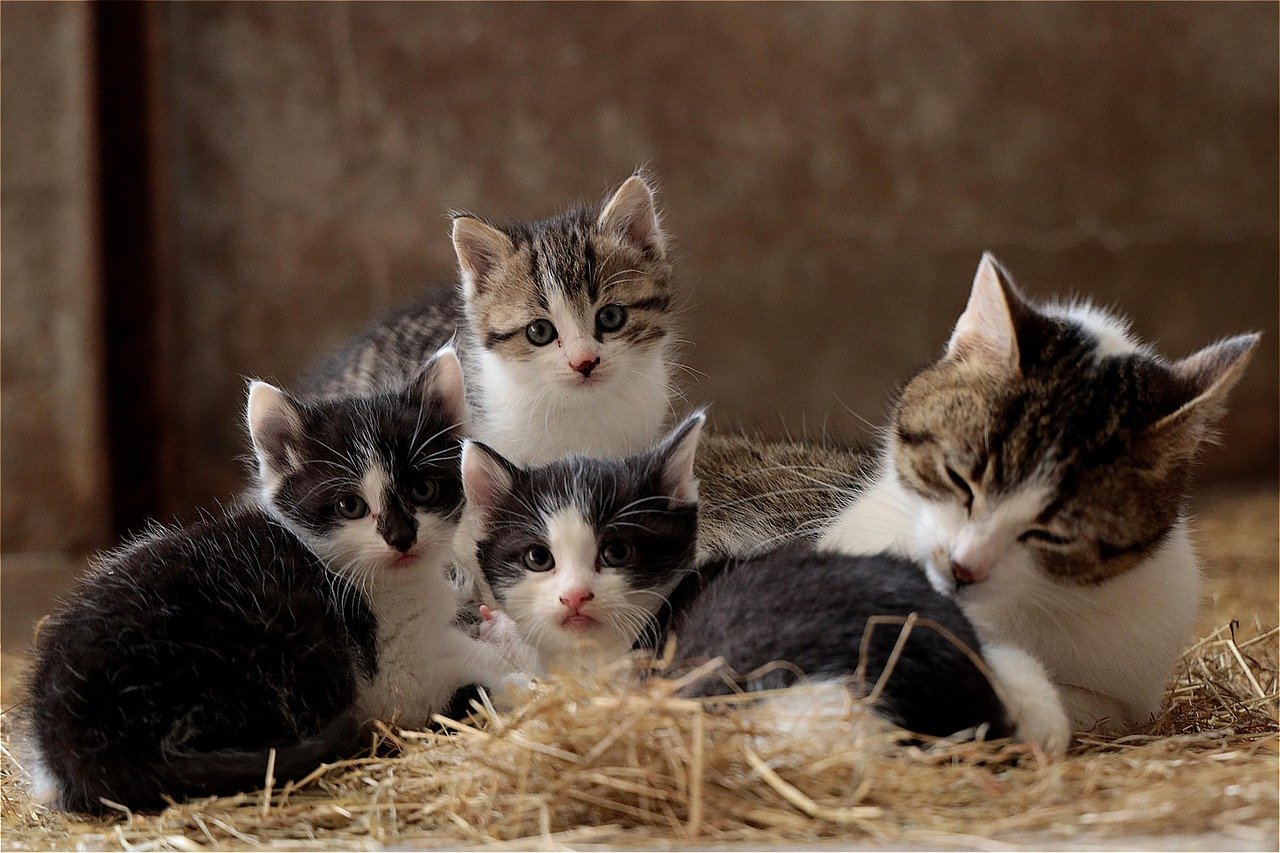
Every household has its unique dynamics, and cats are adept at navigating these complexities. They learn to recognize the roles and routines of each family member, adjusting their behavior accordingly. For instance, a cat might seek out one family member for playtime while turning to another for cuddles. This ability to adapt to different interactions within the household demonstrates their flexibility and intelligence, allowing them to fit seamlessly into any family structure.
Travel and Moving Adaptations
Cats are known for their attachment to familiar surroundings, yet they can also adapt remarkably well to changes in environment. When families travel or move, cats often take cues from their owners’ behavior to gauge the safety and comfort of their new surroundings. By maintaining familiar routines and providing comforting items like favorite toys or bedding, owners can help their cats transition smoothly to new environments, demonstrating the resilience and adaptability of these beloved pets.
Adapting to Human Communication
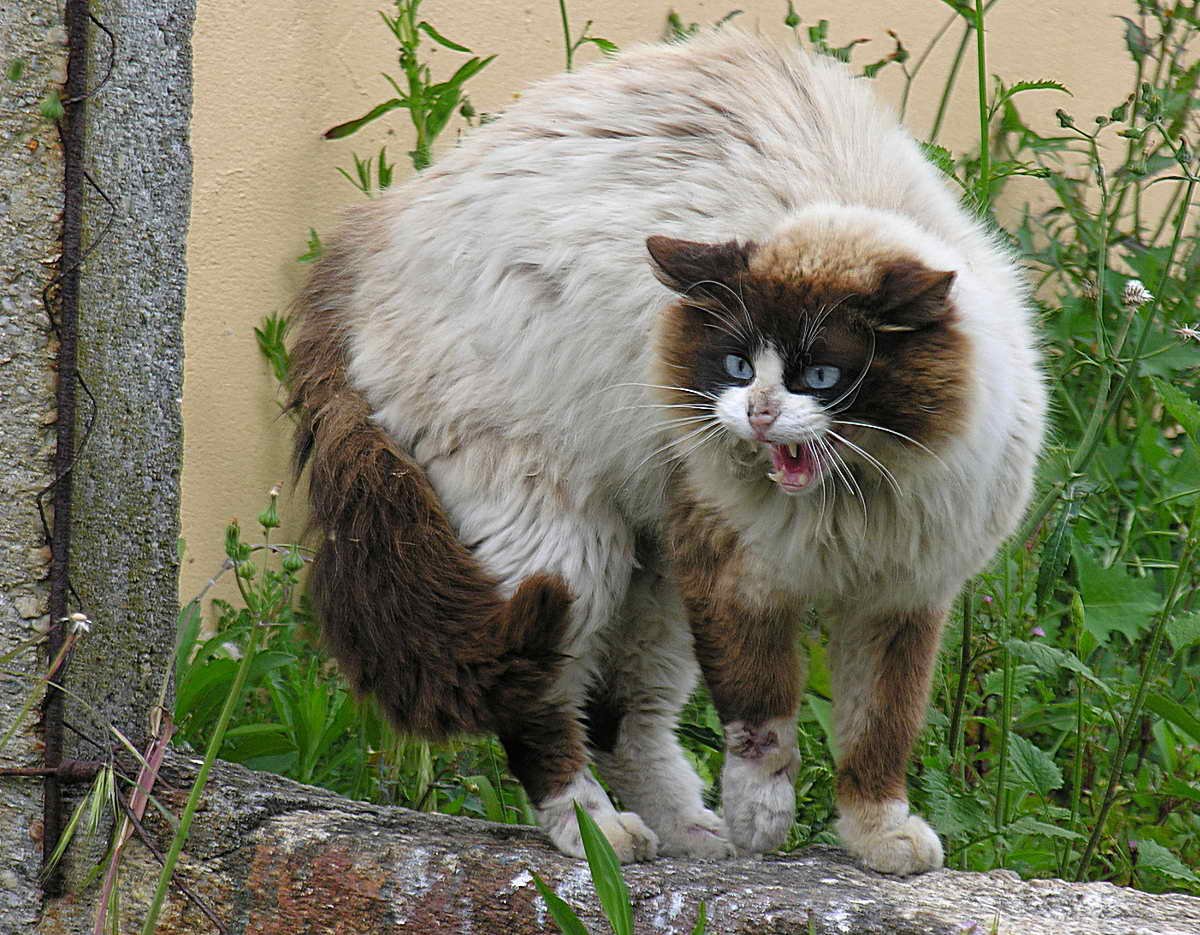
Though they may not understand words in the way humans do, cats are highly perceptive to tone and body language. Over time, they learn to associate specific sounds and gestures with certain actions or responses. For example, a particular tone of voice might signal feeding time, while a certain gesture might indicate playtime. This ability to interpret human communication allows cats to adapt their behavior in a way that enhances the relationship between them and their owners.
Recognizing and Responding to Technology
In today’s digital age, cats have also shown an ability to adapt to the presence of technology in their homes. They often learn to recognize the sounds of devices like alarms, phones, and computers, associating them with specific human activities. Some cats even learn to associate the sound of a video call with the presence of their absent owner, often appearing on screen to say hello. This adaptation highlights their intelligence and ability to thrive in a modern world.
Integrating with Other Pets
When a household includes multiple pets, cats often learn to adapt their schedules and behaviors to coexist peacefully with their furry companions. They may adjust their feeding times, play schedules, and sleeping arrangements to accommodate the needs of other pets, demonstrating their ability to integrate into a multi-pet household. This adaptability not only fosters harmony among pets but also enriches the lives of everyone involved.
Understanding Personal Space
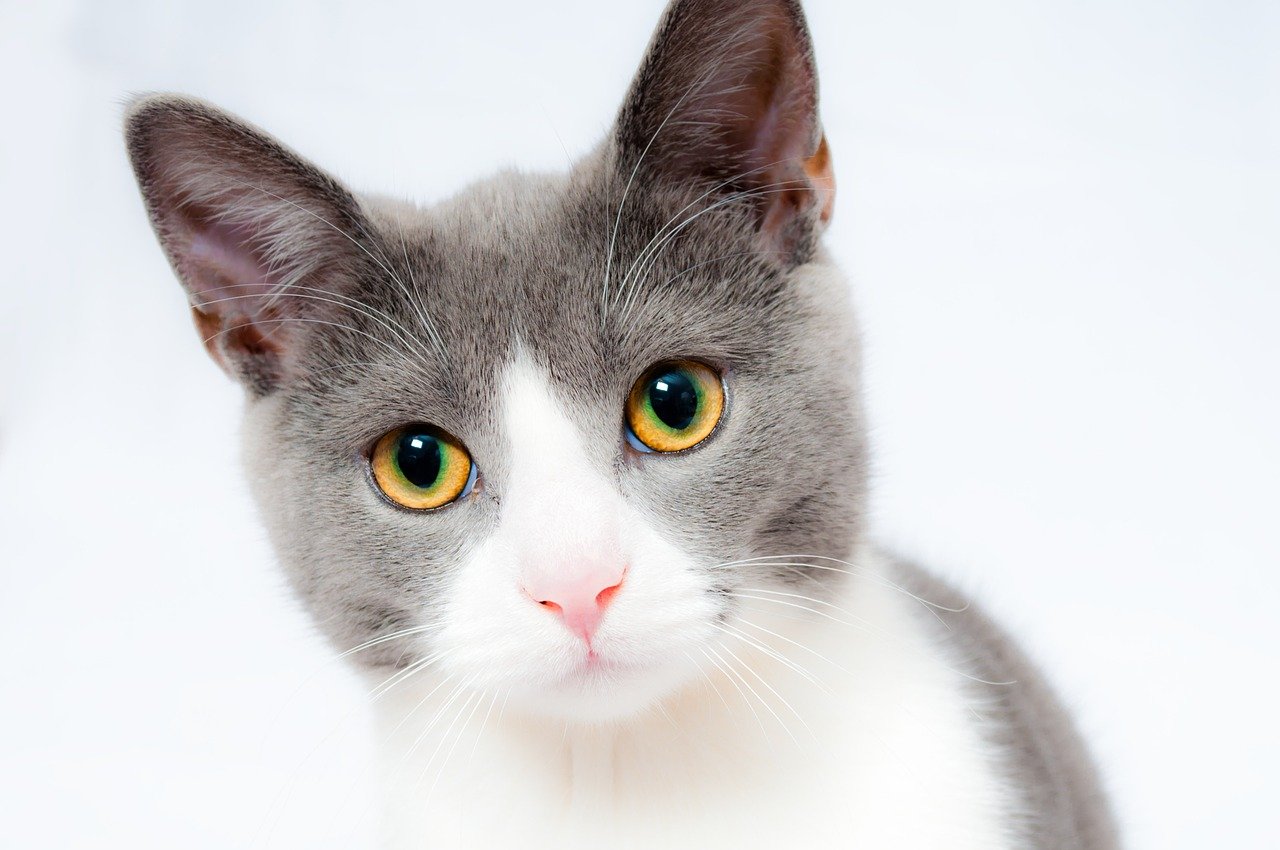
Cats are known for their need for personal space, yet they also learn to respect the boundaries of their human companions. They often choose moments of solitude to retreat to their favorite spots, giving their owners the space they need. This understanding of personal boundaries allows cats and humans to coexist comfortably, ensuring that both parties feel respected and valued in the relationship.
Adapting to Family Growth
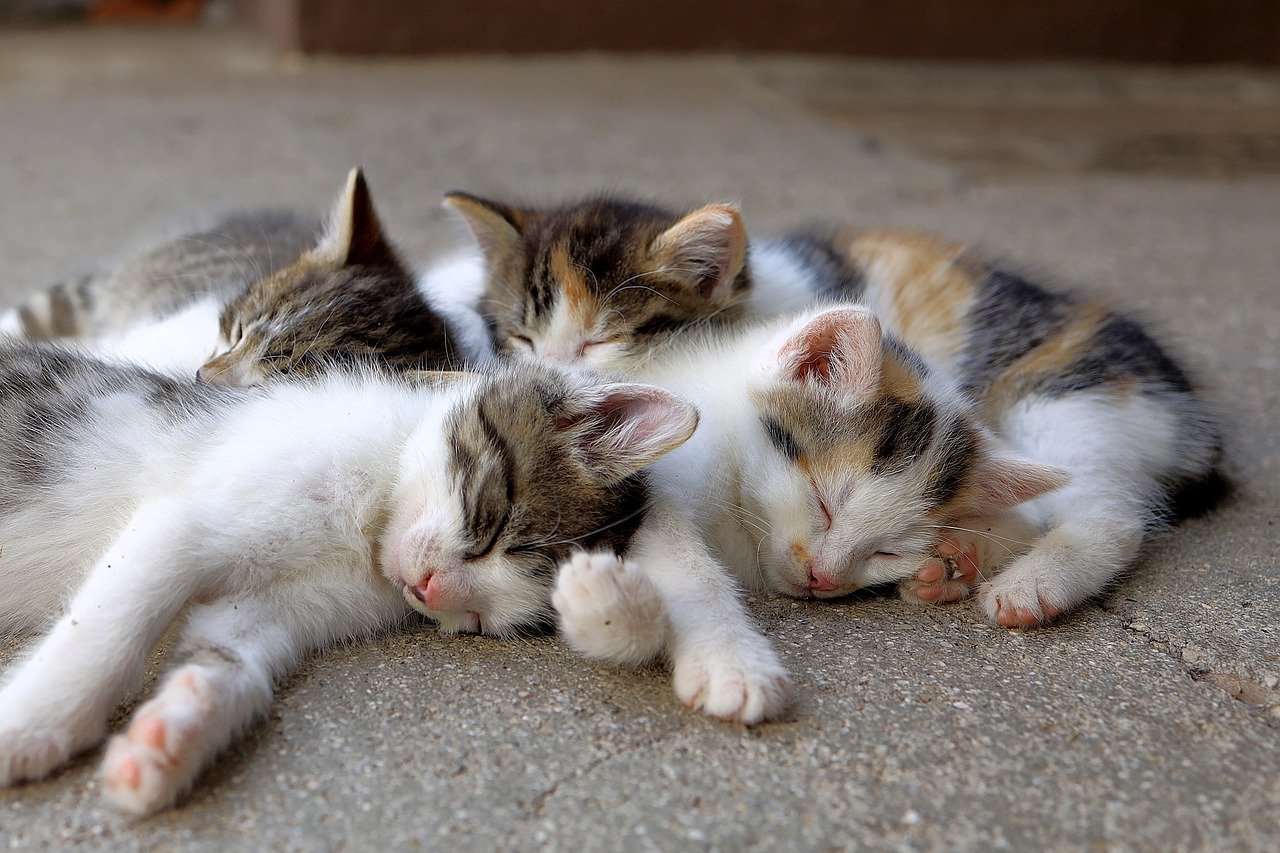
When a family grows, either through the addition of a new baby or another pet, cats often display remarkable adaptability. They learn to adjust to the new dynamics, often forming bonds with the newest members of the household. This ability to adapt to changes in family structure demonstrates their resilience and capacity for forming deep connections with their human companions.
Responding to Seasonal Changes
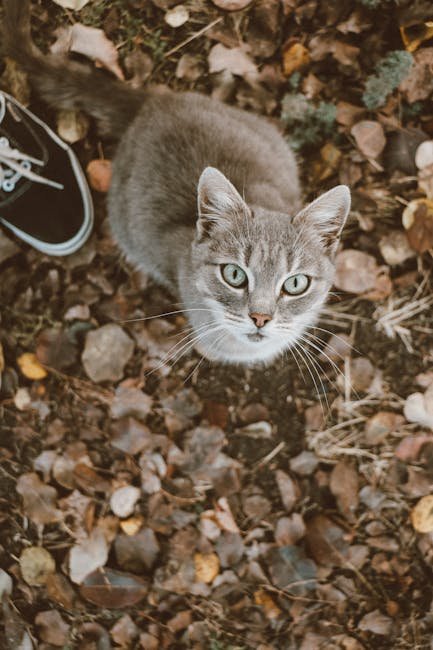
Cats are also adept at responding to seasonal changes, adjusting their behavior to accommodate shifts in temperature and daylight. During colder months, they may seek out warmer spots in the house, while in warmer seasons, they might favor cooler areas. This adaptability ensures their comfort throughout the year, allowing them to thrive in various environmental conditions.
Observing and Mimicking Behavior
Over time, cats often observe and mimic the behavior of their owners. They might follow their human around the house, sit in the same room during activities, or even mimic certain behaviors, like stretching or yawning. This mimicry is a testament to their keen observational skills and their desire to be close to their human companions, providing a sense of companionship and connection.
Adapting to Health Changes
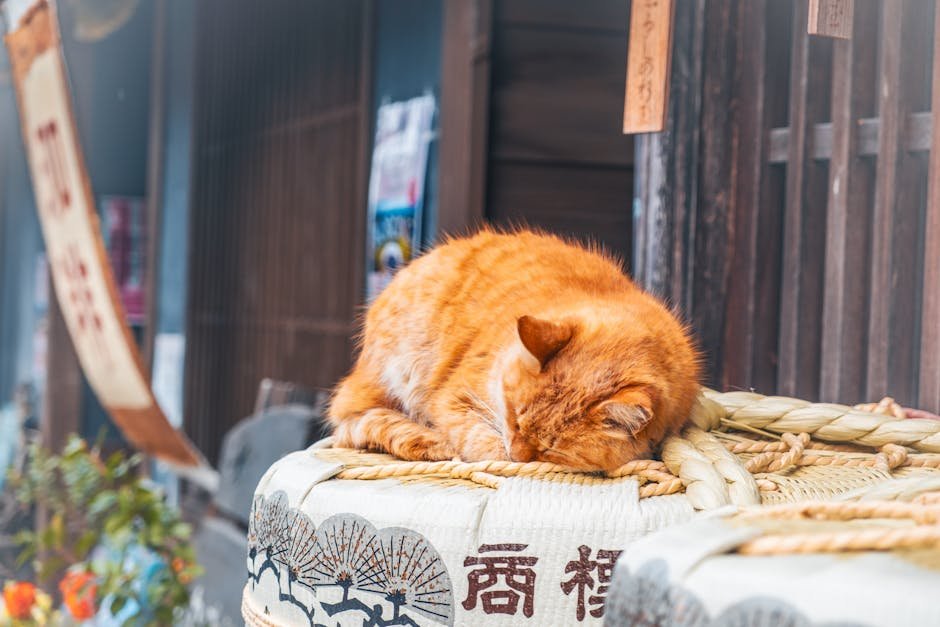
Cats are sensitive to changes in their owner’s health and often adjust their behavior to provide comfort and support. Whether it’s offering a gentle purr during recovery or being extra attentive during times of illness, cats have an innate ability to sense when their human needs extra care. This adaptability highlights their role as not just pets, but as empathetic companions.
Recognizing Household Sounds
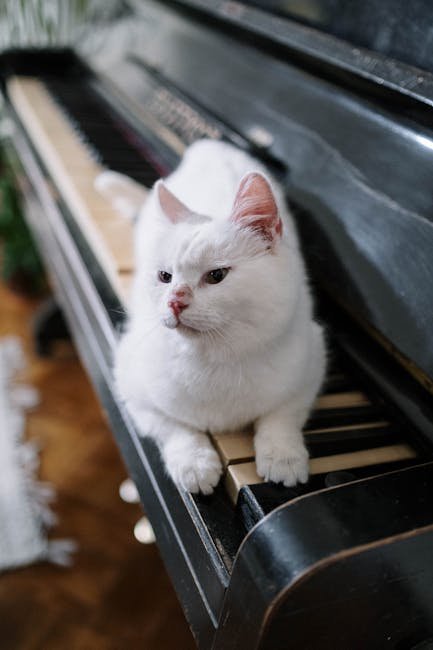
Cats are incredibly attuned to the sounds of their environment and often learn to associate specific sounds with certain activities. For example, the sound of keys jingling might signal an owner’s arrival, while the opening of a can might indicate mealtime. This ability to recognize and respond to household sounds allows cats to anticipate and adapt to the daily routines of their homes.
Embracing Routine Changes
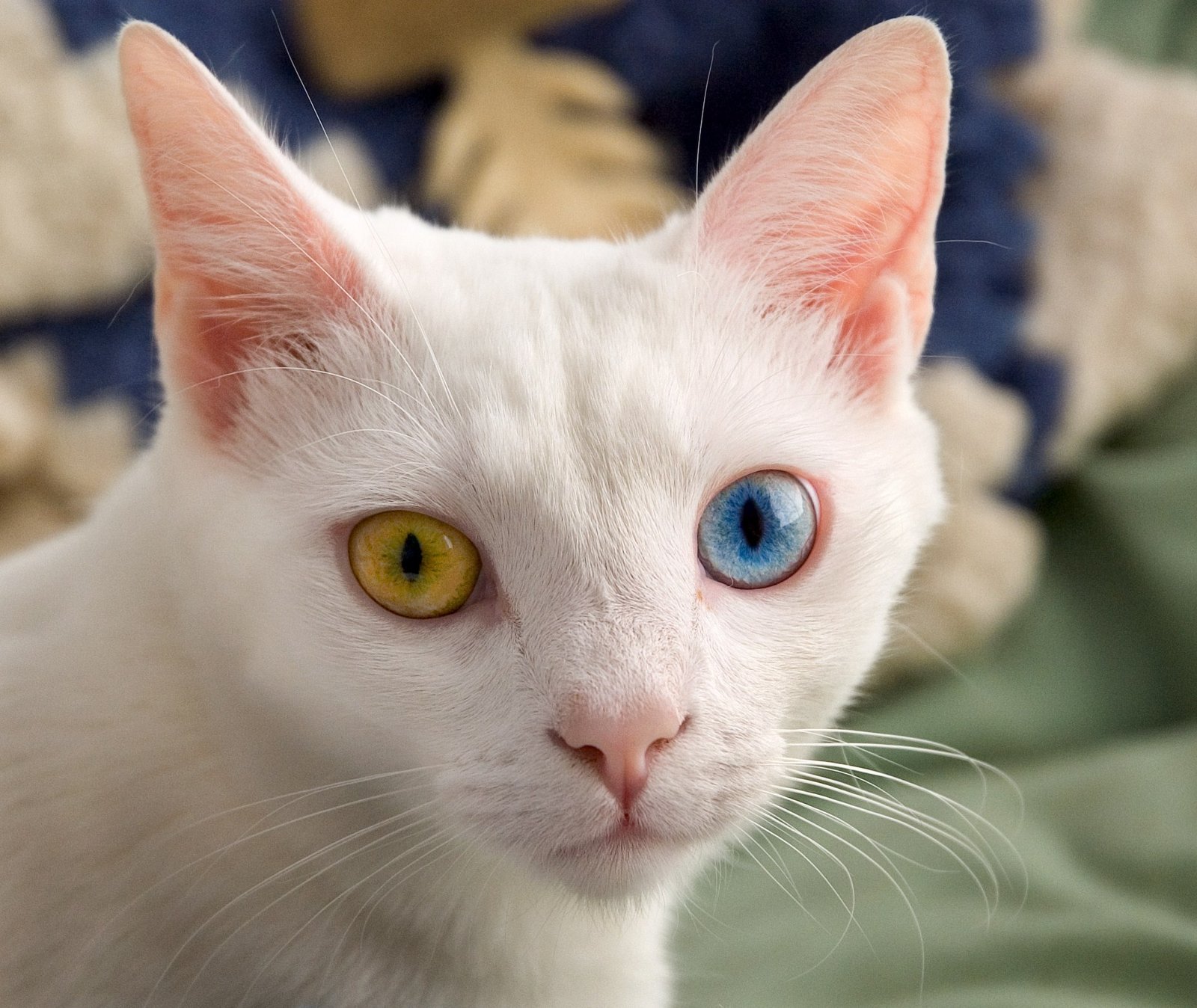
While cats thrive on routine, they are also capable of adapting to changes in their daily schedules. Whether it’s due to a change in work hours or a shift in household dynamics, cats often demonstrate flexibility in adjusting to new routines. This adaptability ensures that they remain content and secure, even in the face of change.
Building Trust Through Adaptation
Ultimately, the ability of cats to adapt to their owners’ daily schedules is rooted in trust. By observing and responding to their human’s routines, cats build a deep bond of trust and understanding. This trust not only enhances the relationship between cat and owner but also ensures a harmonious and fulfilling coexistence.
Hi, I’m Bola, a passionate writer and creative strategist with a knack for crafting compelling content that educates, inspires, and connects. Over the years, I’ve honed my skills across various writing fields, including content creation, copywriting, online course development, and video scriptwriting.
When I’m not at my desk, you’ll find me exploring new ideas, reading books, or brainstorming creative ways to solve challenges. I believe that words have the power to transform, and I’m here to help you leverage that power for success.
Thanks for stopping by, Keep coming to this website to checkout new articles form me. You’d always love it!






